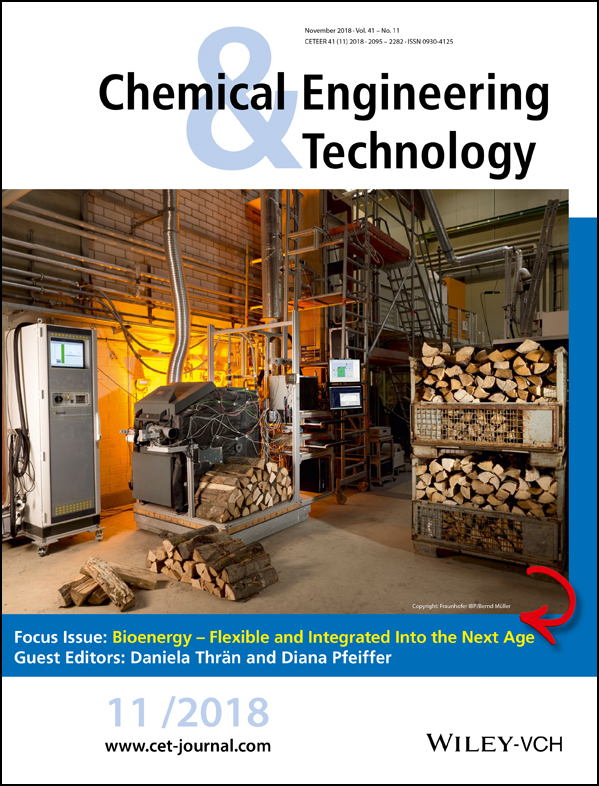Biomass and Lipid Productivity of Neochloris oleoabundans for CO2 Biofixation and Biodiesel Application
Abstract
Microalgae cultivation and its use is a promising approach for integrated CO2 biofixation and biodiesel production. Freshwater Neochloris oleoabundans was investigated for lipid content, biomass productivity, and lipid productivity under different temperatures, CO2 concentrations, and nitrogen-to-phosphorus (N/P) ratios in culture media. A rapid calorimetric method based on sulfo-phospho-vanillin was used for the quantification of the intracellular lipid content. The growth of N. oleoabundans was found to be highly temperature-sensitive. Lipid contents were found to be dependent on the CO2 concentration. Changing the N/P ratio also caused the biomass growth and lipid productivity to change. The results confirmed the potential of N. oleoabundans for CO2 biofixation and biodiesel production.




